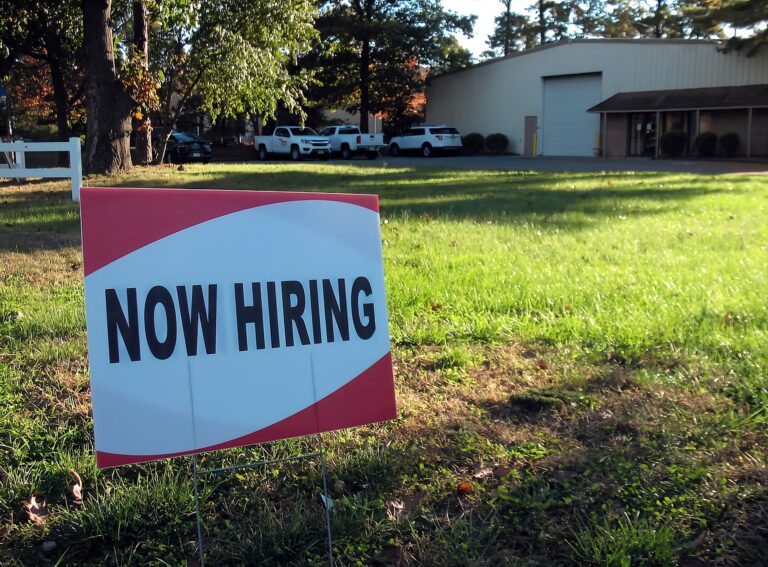Employers in nearly two dozen states will face higher wage costs beginning Jan. 1, 2024, as new minimum wage laws become effective in those states. The federal minimum wage is currently $7.25 per hour and it’s been there since 2009. Currently, 30 states and Washington D.C. have minimum wages above the federal minimum.
Five states have not adopted a state minimum wage; they are Alabama, Louisiana, Mississippi, South Carolina and Tennessee. Two states, Georgia and Wyoming, have a minimum wage below $7.25 per hour. In all seven of these states, the federal minimum wage of $7.25 per hour applies if those employers are subject to the Fair Labor Standards Act.
New Minimum Wage Rates
Here is how minimum wages are changing in the 23 states where news laws take effect in January:
- Alaska: $11.73, up from $10.85
- Arizona: $14.35, up from $13.8
- California: $16, up from $15.50
- Colorado: $14.42 (proposed), up from $13.65
- Connecticut: $15.69, up from $15
- Delaware: $13.25, up from $11.75
- Florida: $13, up from $12, to take effect on Sept. 30
- Hawaii: $14, up from $12
- Illinois: $14, up from $13
- Maine: $14.15, up from $13.80
- Maryland: $15, up from $13.25 for large employers and $12.80 for small employers
- Michigan: $10.33, up from $10.10
- Minnesota: $10.85 for large employers, up from $10.59; $8.85, up from $8.63 for others
- Missouri: $12.30, up from $12
- Montana: $10.30, up from $9.95
- Nebraska: $12, up from $10.50
- Nevada: $12, up from $10.25 or $11.25 (depending on health benefits), to take effect July 1, 2024
- New Jersey: $15.13, up from $14.13
- New York: $15, up from $14.20 (except in New York City, Westchester and Long Island, where it’s $16, up from $15)
- Ohio: $10.45, up from $10.10
- Oregon: the $14.20 minimum wage will adjust for inflation on July 1
- Rhode Island: $14, up from $13
- South Dakota: $11.20
- Vermont: $13.67, up from $13.18
- Washington: $16.28, up from $15.74
Wage details by state, from Dept. of Labor
The Lowest State Minimum Wage?
While Oklahoma’s current minimum wage is $7.25 per hour, the same as the federal minimum wage, the state sets a special minimum wage of $2.00 per hour for work not covered by the Federal Minimum Wage, including full time students, farm and ranch workers, temporary part-time employees, feed store employees, and deputy sheriffs.
Georgia and Wyoming are tied at $5.15 per hour, though both states have law excluding from coverage any employment that is subject to the federal Fair Labor Standards Act when the federal rate is greater than the State rate.
The Highest State Minimum Wage?
While Washington is technically the state with the highest hourly minimum wage at $15.74, Washington, D.C. has the highest rate across the country: $17.00. Some cities, including West Hollywood, Calif.; Seattle; Denver; and others, have even higher minimum wage laws.
Does The Minimum Wage Matter Today?
A New York Times article from August reports that less than 0.1 % of hourly workers earned the federal minimum wage in the first seven months of 2023, according to the paper’s analysis of government data. The NYT article said, “Walmart, once noted for its rock-bottom wages, pays workers at least $14 an hour, even where it can legally pay roughly half that.”


